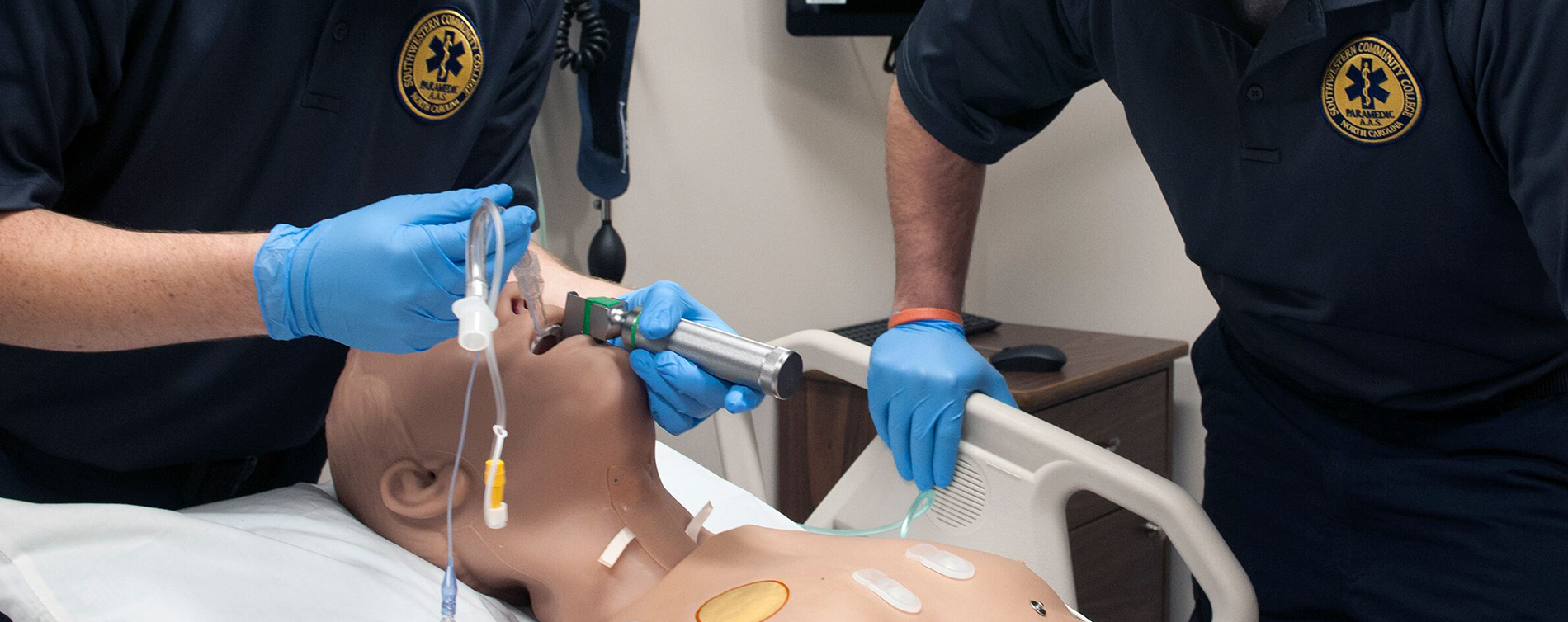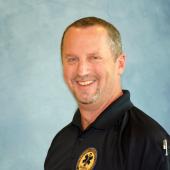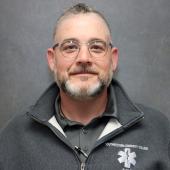A QUICK INTRO
Not everyone performs well under pressure. If you do, this might be an ideal career to pursue. Graduates are usually the first medical professionals on the scene of a medical emergency and provide first aid to patients in need of assistance.
WHAT YOU STUDY
Students will gain complex knowledge, competency, and experience while employing evidence based practice under medical oversight, and serve as a link from the scene into the healthcare system.
WHAT YOU CAN DO
Graduates of this program may be eligible to take state and/or national certification examinations. Employment opportunities include providers of emergency medical services, fire departments, rescue agencies, hospital specialty areas, industry, educational and government agencies.
YOU SHOULD KNOW
In order to make an informed decision about a program of study and future career, please review the nonacademic abilities and characteristics required to meet the essential functions of this program: Emergency Medical Science Technical Standards.
MINIMUM EXPECTATION
To prepare competent entry-level Paramedics in the cognitive (knowledge), psychomotor (skills), and affective (behavior) learning domains with or without exit points at the Advanced Emergency Medical Technician and/or Emergency Medical Technician, and/or Emergency Medical Responder levels.
A CLOSER LOOK
Check out this video to learn about the program and the perks of working in this field.
COURSE INFORMATION
Click on title for course description. For your convenience, the following listing includes only credit hours for each course. For a comprehensive listing of classroom, lab and clinical hours for each course, click on this PDF.
Students must receive a grade of C or better in all courses to graduate from Emergency Medical Science.
FALL SEMESTER 1
| Prefix | No. | Title | Credit |
| ACA | 111 | College Student Success | 1 |
| EMS | 110 | EMT | 9 |
| ENG | 111 | Writing & Inquiry | 3 |
| MAT | 143 | Quantitative Literacy | 3 |
| Totals | 16 |
SPRING SEMESTER 1
| BIO | 163 | Basic Anatomy and Physiology | 5 |
| EMS | 122 | EMS Clinical Practicum I | 1 |
| EMS | 130 | Pharmacology I for EMS | 4 |
| EMS | 131 | Advanced Airway Management | 2 |
| EMS | 160 | Cardiology I | 3 |
| ENG | 114 | Professional Research & Reporting | 3 |
| Totals | 18 |
SUMMER SEMESTER
| EMS | 220 | Cardiology II | 3 |
| EMS | 221 | EMS Clinical Practicum II | 2 |
| Totals | 5 |
FALL SEMESTER 2
| EMS | 210 | Advanced Patient Assessment | 2 |
| EMS | 240 | Patients with Special Challenges | 2 |
| EMS | 231 | EMS Clinical Practicum III | 3 |
| EMS | 250 | Medical Emergencies | 4 |
| EMS | 260 | Trauma Emergencies | 2 |
| EMS | 270 | Life Span Emergencies | 3 |
| Totals | 17 |
SPRING SEMESTER 2
| EMS | 235 | EMS Management | 2 |
| EMS | 241 | EMS Clinical Practicum IV | 4 |
| EMS | 285 | EMS Capstone | 2 |
| HUM | 115 | Critical Thinking | 3 |
| PSY | 150 | General Psychology | 3 |
| Totals | 14 |
Click on title for course description. For your convenience, the following listing includes only credit hours for each course. For a comprehensive listing of classroom, lab and clinical hours for each course, click on this PDF.
FALL SEMESTER 1
| Prefix | No. | Title | Credit |
| ACA | 111 | College Student Success | 1 |
| BIO | 163 | Basic Anatomy & Physiology | 5 |
| EMS | 110 | EMT | 9 |
| Totals | 15 |
This certificate is also offered to high school students through the Career & College Promise initiative.
Click on title for course description. For your convenience, the following listing includes only credit hours for each course. For a comprehensive listing of classroom, lab and clinical hours for each course, click on this PDF.
| Prefix | No. | Title | Credit |
| EMS | 110 | EMT | 9 |
| EMS | 120 | Advanced EMT | 6 |
| EMS | 121 | AEMT Clinical Practicum | 2 |
| Totals | 17 |
The Emergency Medical Science Bridging program is designed to allow a currently certified, non-degreed EMT paramedic to earn a two-year associate of applied science degree in Emergency Medical Science. Bridging students have attained a Paramedic certification through a continuing education certificate program and passed the North Carolina and/or National Registry, or another state certification examination.
To be eligible for the program, students must:
- Meet SCC's institutional requirements for admission as an EMS student.
- Hold current certification as a Paramedic.
- Hold current certificate in the following:
- Advanced Cardiac Life Support (ACLS)
- International Trauma Life Support or Prehospital Trauma Life Support (ITLS-PHTLS)
- Pediatric Advanced Life Support (PALS)
- (The certifications above are core competence skills in EMS that are the equivalent of 45 semester hours of EMS credit).
- Two letters of reference will be required: one from an immediate supervisor and one from the service's Medical Director attesting to the individual's competence.
- Minimum 1,000 hours as field medic completed at time of application.
Click on title for course description. For your convenience, the following listing includes only credit hours for each course. For a comprehensive listing of classroom, lab and clinical hours for each course, click on this PDF.
GENERAL EDUCATION COURSES
| Prefix | No. | Title | Credit |
| BIO | 163 | Basic Anatomy and Physiology | 5 |
| ENG | 111 | Writing & Inquiry | 3 |
| ENG | 114 | Professional Research & Reporting | 3 |
| HUM | 115 | Critical Thinking | 3 |
| MAT | 143 | Quantitative Literacy | 3 |
| PSY | 150 | General Psychology | 3 |
| Totals | 23 |
EMERGENCY MEDICAL SCIENCE COURSES
| EMS | 235 | EMS Management | 2 |
| EMS | 240 | Patients with Special Challenges | 2 |
| EMS | 280 | EMS Bridging Course | 3 |
| Totals | 7 |
CPR Training Blitz for Health Sciences Students at SCC (72 hours). For a comprehensive listing of hours, dates, location & cost for this course, click on this PDF.
| Prefix | No. | Title |
| CPR | SAF-3010 | Healthcare Provider Basic Life Support |





